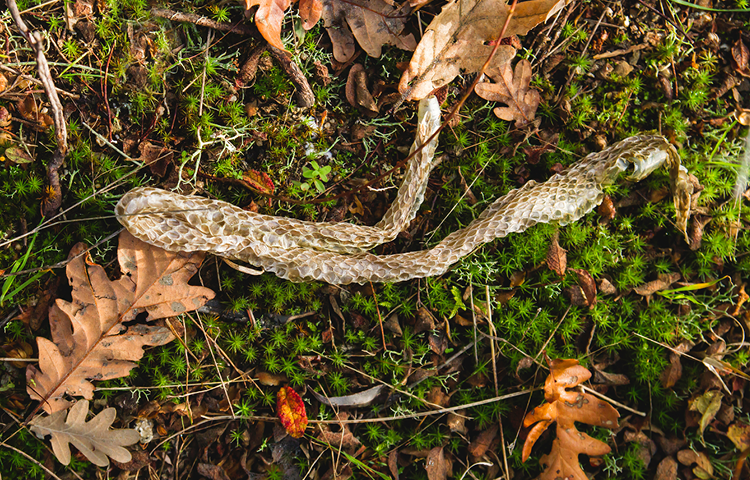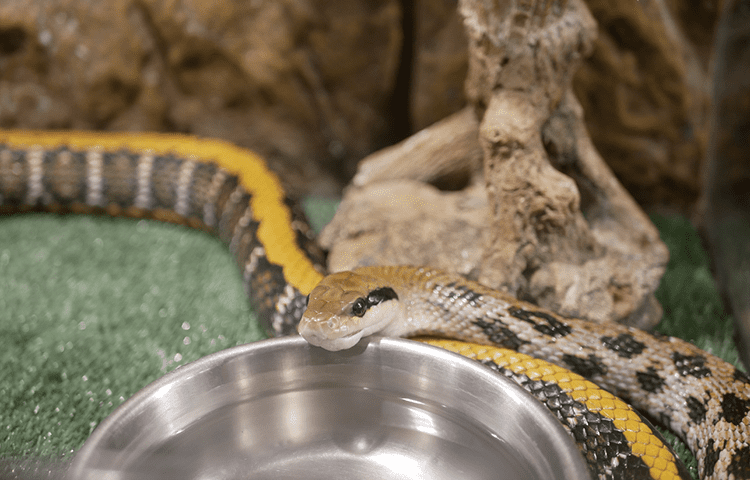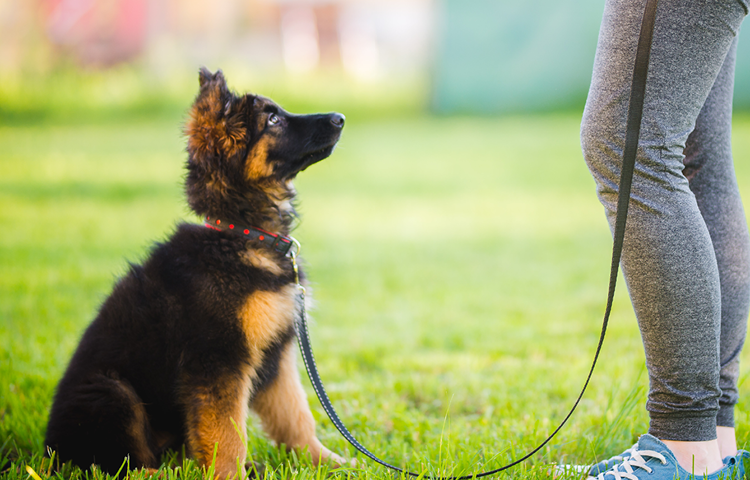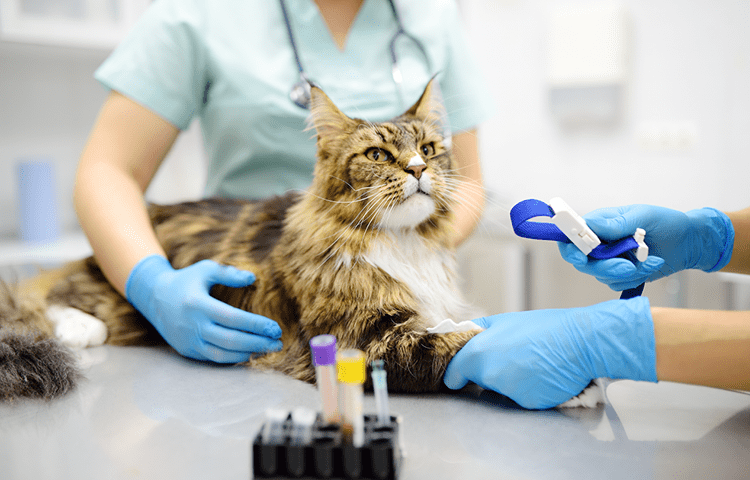Different dog behaviours
Have you ever scratched your head in confusion or wonderment at your dog’s wacky behaviour?
Read more9 October 2025
When the weather warms up in Australia, it’s not just us who enjoy being outdoors. Snakes, too, become more active from late spring through autumn, and that can mean trouble for our curious pets.
While most snakes would rather avoid a confrontation, an unexpected encounter can lead to a dangerous situation.
The good news? By understanding snake behaviour, making a few changes around your home, and knowing what to do in an emergency, you can significantly reduce the risks for your furry companions.
This guide will walk you through everything you need to know to keep your pets safe during snake season.
Jump to:
Snake season usually runs from September to April, though the timing depends on where you live. In northern regions, snakes may start moving as early as August, while southern states tend to see more activity closer to November.
It’s also the breeding season for snakes, so they’re not just out looking for a meal, they’re on the move chasing mates too, which means you’re more likely to spot them.
Snakes are most active during the cooler hours of the morning and late afternoon, when they’re either warming up or winding down from the heat of the day. Whether you live in the city, suburbs, or countryside, it pays to stay alert as encounters can happen anywhere.

Australia is home to about 140 snake species, with around 20 known to be dangerous to humans and pets.
Snakes are an important part of the environment, helping keep nature in balance. Here’s a quick look at some of the most common snake species and whether they’re venomous.
| Type of snake | Information | Venomous/non-venomous |
|---|---|---|
| Eastern brown snake | Widespread and highly venomous. | Venomous |
| Tiger snake | Often found near wetlands and water. | Venomous |
| Red-bellied black snake | Common in eastern parts of Australia. | Venomous |
| Copperhead | Prefers cooler southern climates. | Venomous |
| Carpet python | Often found in suburban gardens and sheds. | Non-venomous |
| Children’s python | Smaller and generally shy. | Non-venomous |
While non-venomous snakes are usually harmless, pets don’t know the difference. Even a bite without venom can cause pain, swelling, or infection.
You might not always see a snake, but there are signs that one has been nearby. Knowing their favourite hiding spots and which types live in your area can help you keep your pets safe.

The truth is that snakes would much rather avoid you and your pets. Most will only lash out if they feel cornered or threatened, so giving them space is the safest move. In fact, if left alone, they’ll usually slip away quietly without you even realising they were there.
Creating a less snake-friendly yard is one of the best ways to protect your pets. A few simple changes make a big difference:

Training your pet is an underrated but important part of keeping them safe from snake bites. Commands like “leave it,” “come,” and “stay” can stop a dangerous situation before it escalates.
Professional snake-avoidance training can teach your dog to recognise and avoid snakes altogether. At home, reinforce training with positive rewards so your pet learns that ignoring a snake or coming back when called is more rewarding than curiosity.

Despite your best efforts, accidents can happen. Knowing the signs of a snake bite and how to respond quickly could save your pet’s life.
Symptoms of snake bites:
Cats may become lethargic or hide. Always trust your instincts if your pet seems unwell after being outdoors.
If it’s safe, a quick photo of the snake can help the vet identify the species but never put yourself at risk to get it.

On arrival, your pet will likely receive oxygen, IV fluids, and pain relief while the team runs blood and urine tests. If venom effects are suspected, antivenom will be administered and your pet closely monitored for any reactions. Most pets will need to stay in hospital for 24–72 hours for observation and follow-up care. With prompt treatment, many make a full recovery.
If you live in a snake-prone area of Australia, it’s sensible to keep a pet-specific first aid kit ready. Include items like gauze pads, elastic bandages, antiseptic wipes, a digital thermometer, and your vet’s emergency number. Having these on hand can help stabilise your pet until you’re able to get to the vet.
Snake season in Australia doesn’t mean you need to stay indoors. With the right mix of preparation, training, and knowledge, you and your pets can enjoy the outdoors safely.
Stay calm, stay alert, and remember: prevention is your best defence. And if you’d like extra peace of mind, consider pet insurance. It’s one more way to protect your best mate when the unexpected happens.